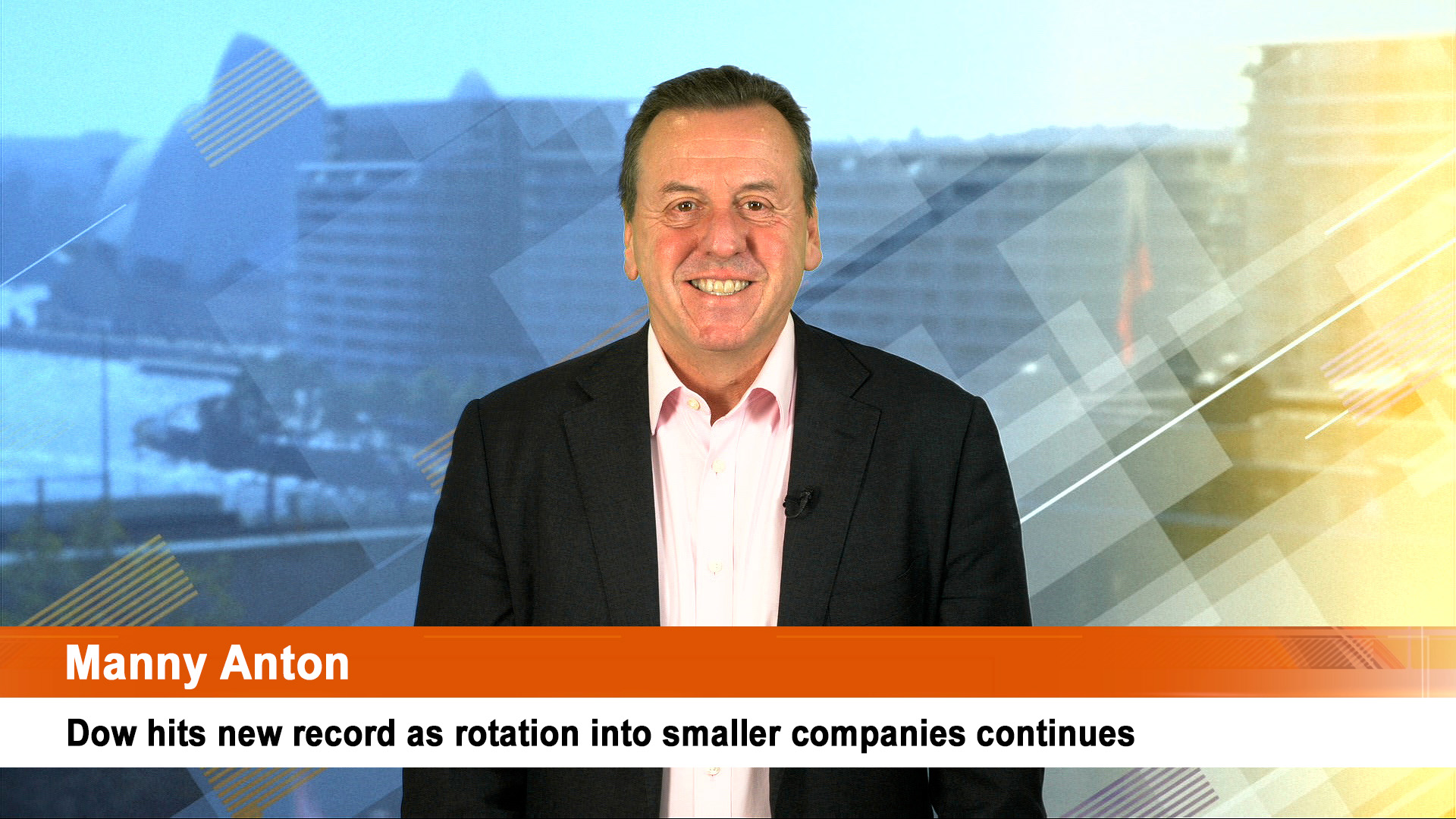The global spread of COVID-19 will dominate in the week ahead as investors attempt to assess how long it will take to be contained outside China and how bad the hit to economic activity will be.
We have already had an idea of the potential damage from the first of the two start of month surveys of Chinese manufacturing on Saturday that showed a record fall to a record low of 35.7 – a reading that puts the economy in recession!
Battered share and commodity markets face more tensions as a result with the second survey on China out today and start of month surveys of manufacturing activity from around the globe, including Australia where the survey results a month ago showed a slide into contraction at a record rate as well.
Focus on the COVID-19 crisis will take attention away from the two major events in Australia and in the US.
Here its the Reserve Bank board meeting tomorrow – the chances of a rate cut have risen with the terrible news on Chinese manufacturing at the weekend.
Then there’s the December quarter GDP data on Wednesday that will show some impact from the bushfires.
In the US its February jobs data on Friday that would normally command attention from all markets.
That data is forecast to be solid.
The AMP’s chief economist, Shane Oliver says US payrolls are expected to have risen by 190,000 last month and unemployment is expected to have fallen back to 3.5% but wages growth is likely to have slipped to 3% year on year.
Besides this data there the US surveys of manufacturing today and services on Wednesday, trade deficit on Friday and a few scattered quarterly earnings reports during the week.
In the Eurozone unemployment is expected to have remained steady at 7.4% in January and core inflation is likely to have remained weak at around 1.1% year on year in February with both due Tuesday.
Final business conditions PMIs for February are out as well and could see downwards revisions due to coronavirus.
In Australia, it’s the RBA meeting tomorrow (See separate story on the economy), the GDP data for the December quarter on Wednesday and the building approvals, trade and retail sales data for January on Thursday and Friday.
Retail sales, in particular, will be watched the impact of the bushfires on retailers.
We know from reports from chains like Mosaic Brands (Noni B and Katies), Harvey Norman and Super Retail that sales did take a hit in January, but it was mostly in regional stores in NSW and Victoria.
Before the GDP report on Wednesday, there are business indicators today – with the key wages and salaries figures and the business inventories which feed into the GDP report.
Tomorrow sees the release of the December quarter’s current account figures and the quarterly report on government financing transactions, both of which feed into the national accounts and the GDP report.
House prices for February are out this morning and car sales for February will be released later in the week.
Economists say the RBA will think hard about a rate cut tomorrow, but in the end, it will wait until it has more data for January and February (the labour force figures in two weeks, car sales this week) before deciding on a rate cut at its April meeting.













